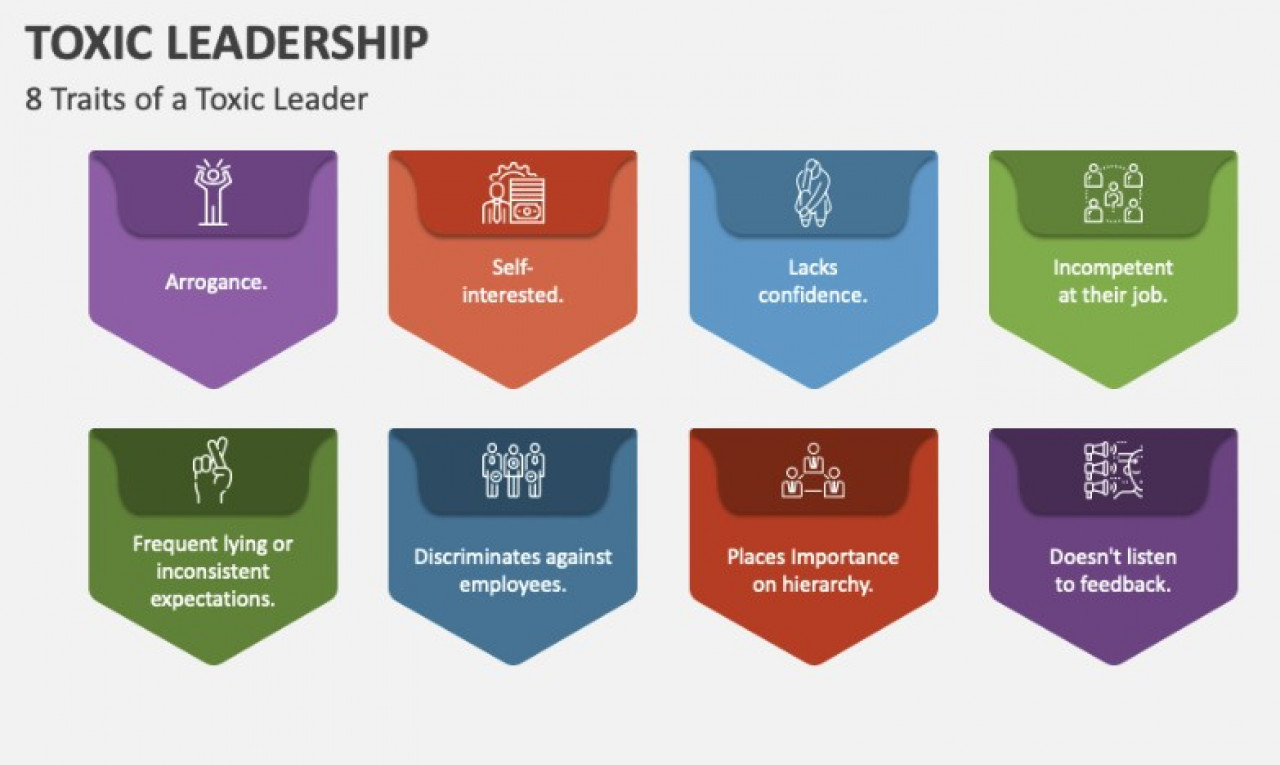In every professional journey, we encounter different types of leaders—some who inspire and uplift, and others who wear a mask of charm but reveal a more toxic nature behind the scenes. These are the leaders who may seem pleasant in social settings—witty, humorous, engaging. You might enjoy their company over coffee or a casual dinner. But when it comes to the workplace, especially under pressure or during complex challenges, their true leadership deficiencies surface.
In my experience, toxic leaders generally fall into three broad categories: the Blamer, the Know-It-All, and the Show-Off. Each of these archetypes is harmful in their own way, leaving lasting damage on teams, morale, and organizational culture.
1. The Blamer
When faced with complex problems, this type of leader’s first instinct is to point fingers. Instead of tackling the root cause of the issue, they focus on finding someone to blame—often unfairly. A mistake becomes an opportunity to scapegoat rather than a moment for problem-solving.
This leader demands loyalty without offering support. They seldom reflect on their own shortcomings, making it hard to build a culture of trust. The biggest danger here is that real problems remain unsolved, and those who try to help are pushed into the shadows.
Leadership insight: True leaders own problems and guide their teams through them. They don’t look for someone to blame—they look for ways to fix and improve.
2. The Know-It-All
These leaders believe they have all the answers and only need others to execute their ideas. They shut down contributions from team members, creating an environment where initiative is stifled. Over time, people stop offering ideas, and innovation dies a slow death.
There’s an old saying: If you’re the smartest person in the room, you’re in the wrong room. Great leaders surround themselves with people who challenge them and bring diverse perspectives to the table.
Career tip: If you find yourself under a Know-It-All, don’t stop contributing. Your growth depends on your voice. Often, their resistance is rooted in insecurity about your development—keep going.
3. The Show-Off
Hardworking but self-serving, this type of leader is driven by a need for recognition. They only support projects that promise personal credit and will derail efforts if they can't be in the spotlight. They are detail-obsessed—not to ensure excellence, but to micromanage and control outcomes to their advantage.
While they may appear productive, their vision is narrow. They miss the bigger picture and often prioritize ego over progress. These leaders are particularly challenging to work with, as they tend to overstep boundaries and dominate spaces meant for collaboration.
Organizational insight: Leadership is not about shining alone—it’s about helping others shine. The success of the organization should always come before the ego of the individual.
Final Thoughts
Toxic leaders are not always obvious. They can be charismatic and charming, making them difficult to identify until you work closely with them. But their patterns are consistent: blame over accountability, ego over collaboration, and credit over contribution.
If you’ve encountered any of these types in your career, know this—you’re not alone. Keep contributing. Keep learning. Keep growing. The best antidote to toxic leadership is resilient self-development.
Let your growth be louder than their noise.



